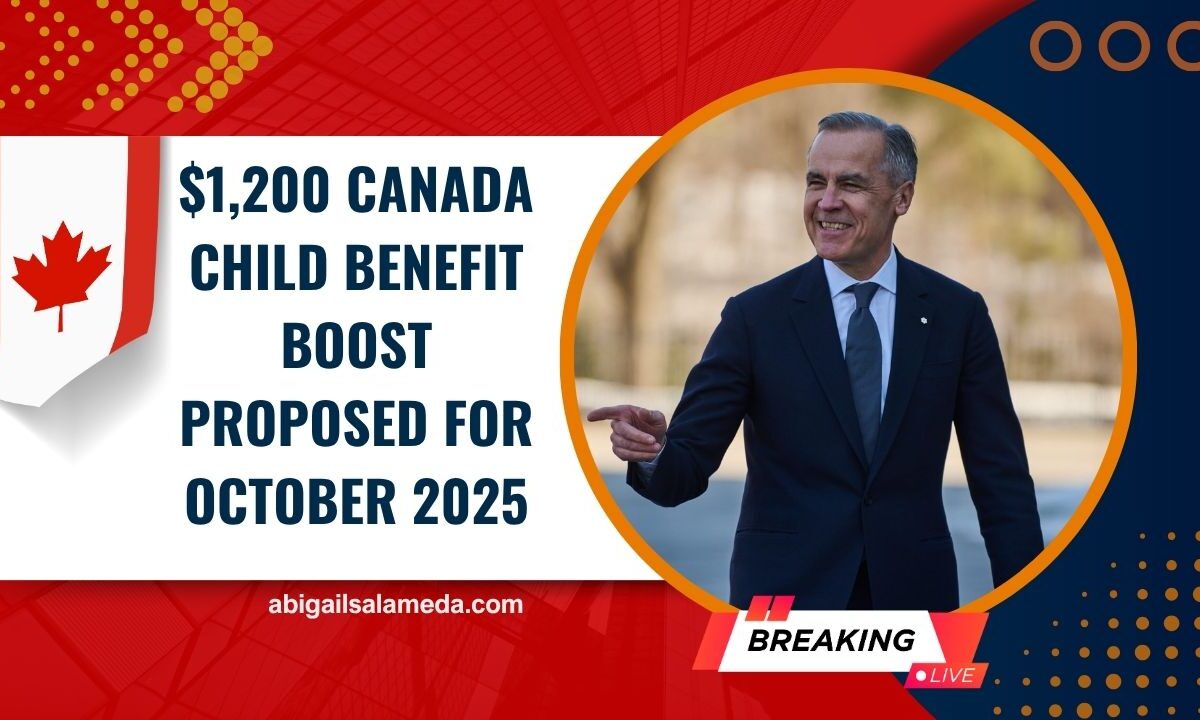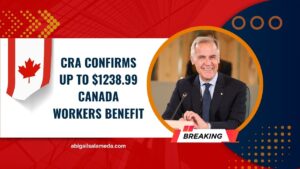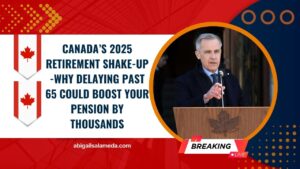The Canadian Government has introduced a promising proposal in July 2025 that could provide financial relief to millions of households across the country.
This initiative includes a $1,200 top-up payment under the Canada Child Benefit (CCB), aiming to ease the financial burden caused by rising inflation.
If approved, the payout is scheduled for October 2025, benefiting eligible families raising children under the age of 18.
What Is the $1,200 Canada Child Benefit Top-Up?
The Canada Child Benefit (CCB) is a tax-free monthly payment issued by the government to families with children under 18 years of age. Managed by the Canada Revenue Agency (CRA), this program is updated every July, based on the Adjusted Family Net Income (AFNI) from the previous tax year.
The newly proposed $1,200 boost is an additional payment per eligible child and is currently under consideration. If passed, it would mark one of the most significant enhancements to the CCB since its launch, offering much-needed support to middle- and low-income families facing increased living costs.
Eligibility Requirements for the $1,200 Top-Up in 2025
While the proposal is still awaiting approval, eligibility will follow the existing CCB guidelines. Those who currently receive the monthly CCB are expected to automatically qualify for the additional payout.
To qualify for the CCB (and the proposed top-up), the applicant must:
- Be a Canadian resident for tax purposes
- Have a child or children under 18 years old
- File their annual tax return on time
- Meet the CRA’s income threshold for benefits
The top-up is expected to follow a tiered distribution model, where:
- Lower-income families receive the full $1,200 per child
- Higher-income households receive a reduced amount based on their income
Canada Child Benefit Boost 2025 – At a Glance
| Details | Information |
|---|---|
| Country | Canada |
| Administered by | Canada Revenue Agency (CRA) |
| Eligible Recipients | Families with children under 18 |
| Proposed Top-Up | $1,200 per eligible child (annual payout) |
| Current CCB for Under 6 | Up to $7,437 per child |
| Current CCB for Under 18 | Up to $6,275 per child |
| Payment Frequency | Proposed as one-time annual payment |
| Application Requirement | No new application required if already receiving CCB |
| Official Website | canada.ca |
Why This Proposal Matters
Canada is currently grappling with an inflation rate of 3.4%, affecting essential living expenses such as rent, food, childcare, and healthcare.
The rising cost of living has placed significant financial pressure on families—particularly those with limited income sources.
Key reasons behind the proposal
- To offset the impact of inflation
- To combat child poverty
- To address food insecurity, which affects nearly 1 million children
- To help parents provide better care and support for their children
This top-up aims to be a lifeline for struggling households, ensuring children have access to adequate nutrition, housing, and educational opportunities.
Proposed Timeline of Events (If Passed)
| Timeline | Expected Action |
|---|---|
| End of August 2025 | Final parliamentary vote on the proposal |
| Early September 2025 | CRA begins notifying eligible families |
| October 2025 | Distribution of $1,200 top-up begins |
If passed, the $1,200 Canada Child Benefit top-up could significantly improve the financial stability of families raising children in Canada.
With the cost of living steadily rising, this additional support will be a welcome relief, particularly for low- and middle-income households.
The government’s goal is clear: reduce child poverty, mitigate inflation’s effects, and help families provide a better future for their children.
FAQs
Do I need to apply separately for the $1,200 top-up payment?
No. If you’re already receiving the monthly Canada Child Benefit (CCB) and meet the eligibility criteria, you won’t need to apply separately.
When will the $1,200 top-up be paid?
If the proposal is approved, payments are expected to start in October 2025, possibly on an annual basis.
Will every child in my household receive the full $1,200?
The payment is per eligible child, but the amount may vary depending on your household income, following a tiered payment structure.




